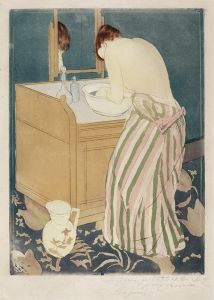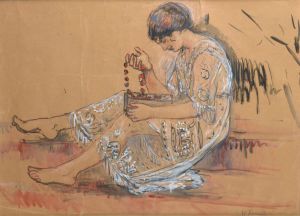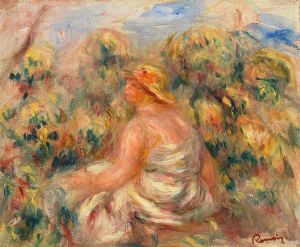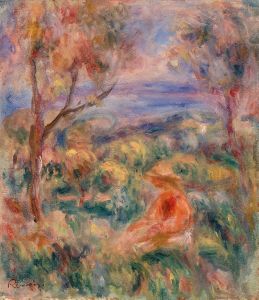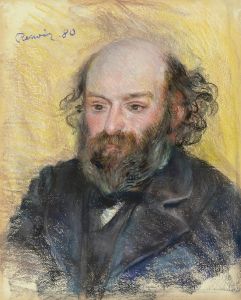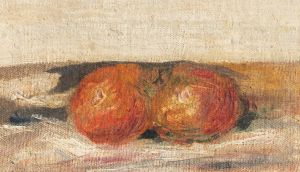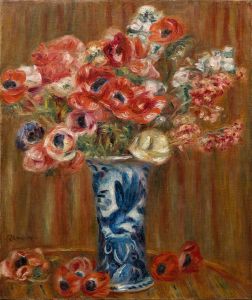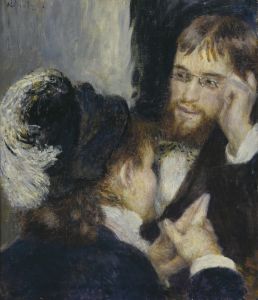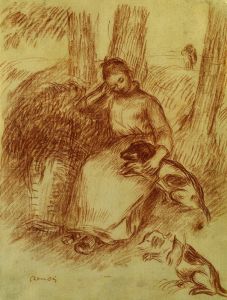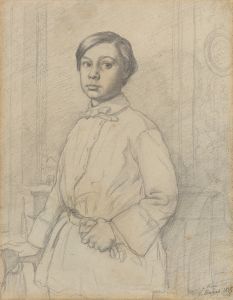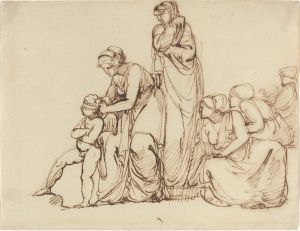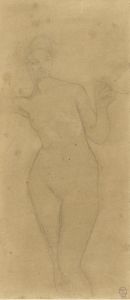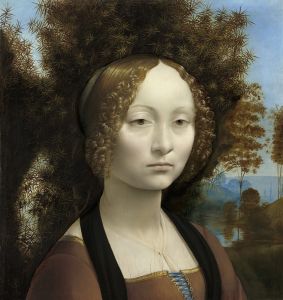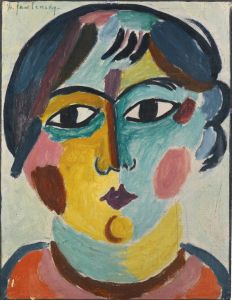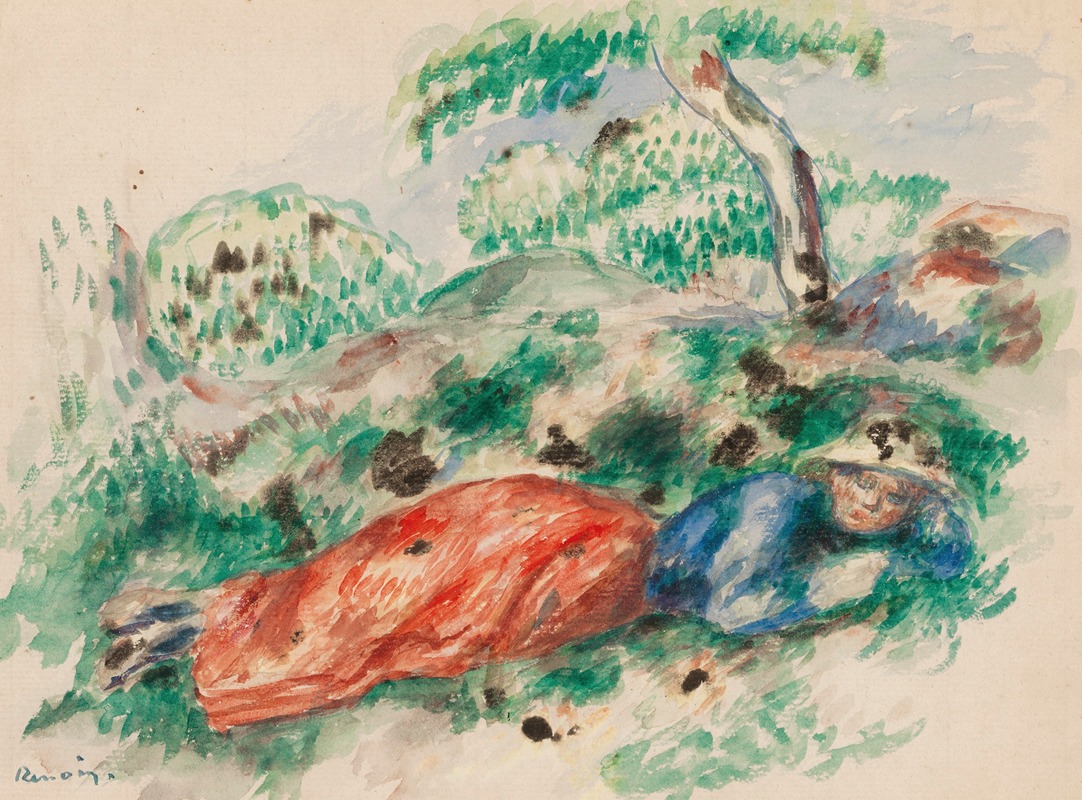
Femme couchée
A hand-painted replica of Pierre-Auguste Renoir’s masterpiece Femme couchée, meticulously crafted by professional artists to capture the true essence of the original. Each piece is created with museum-quality canvas and rare mineral pigments, carefully painted by experienced artists with delicate brushstrokes and rich, layered colors to perfectly recreate the texture of the original artwork. Unlike machine-printed reproductions, this hand-painted version brings the painting to life, infused with the artist’s emotions and skill in every stroke. Whether for personal collection or home decoration, it instantly elevates the artistic atmosphere of any space.
Pierre-Auguste Renoir, a leading figure of the Impressionist movement, is renowned for his depictions of human figures, particularly women, rendered with warmth, sensuality, and a focus on the play of light and color. Among his many works, Femme couchée (translated as "Reclining Woman") is a notable example of his exploration of the female form and his mastery of capturing intimate, everyday moments.
Femme couchée portrays a reclining woman, a subject that Renoir revisited frequently throughout his career. The painting exemplifies Renoir's characteristic style, with soft, fluid brushstrokes and a rich, warm palette that imbues the scene with a sense of vitality and tenderness. The woman's relaxed pose and the informal setting reflect Renoir's interest in portraying natural, unposed moments, a hallmark of his work during the Impressionist period.
Renoir's treatment of the human figure in Femme couchée demonstrates his fascination with the interplay of light and texture. The artist skillfully captures the softness of the woman's skin, the folds of fabric, and the surrounding environment, creating a harmonious composition that draws the viewer's attention to the subject's serene expression and graceful form. This focus on the tactile qualities of the scene underscores Renoir's ability to evoke a sense of intimacy and immediacy in his work.
The exact date of creation for Femme couchée is not definitively documented, but it is consistent with Renoir's broader body of work from the late 19th century, a period during which he produced numerous portraits and figure studies. Renoir's interest in the female form was not merely aesthetic but also reflected his broader artistic philosophy, which celebrated beauty, sensuality, and the pleasures of everyday life.
As with many of Renoir's works, Femme couchée has been celebrated for its ability to convey emotion and atmosphere through color and composition. The painting is often cited as an example of Renoir's skill in blending Impressionist techniques with a more traditional focus on the human figure, bridging the gap between modernity and classical art forms.
While specific details about the provenance or current location of Femme couchée may not be readily available, the painting remains an important part of Renoir's oeuvre, exemplifying his enduring legacy as a master of Impressionist art.





